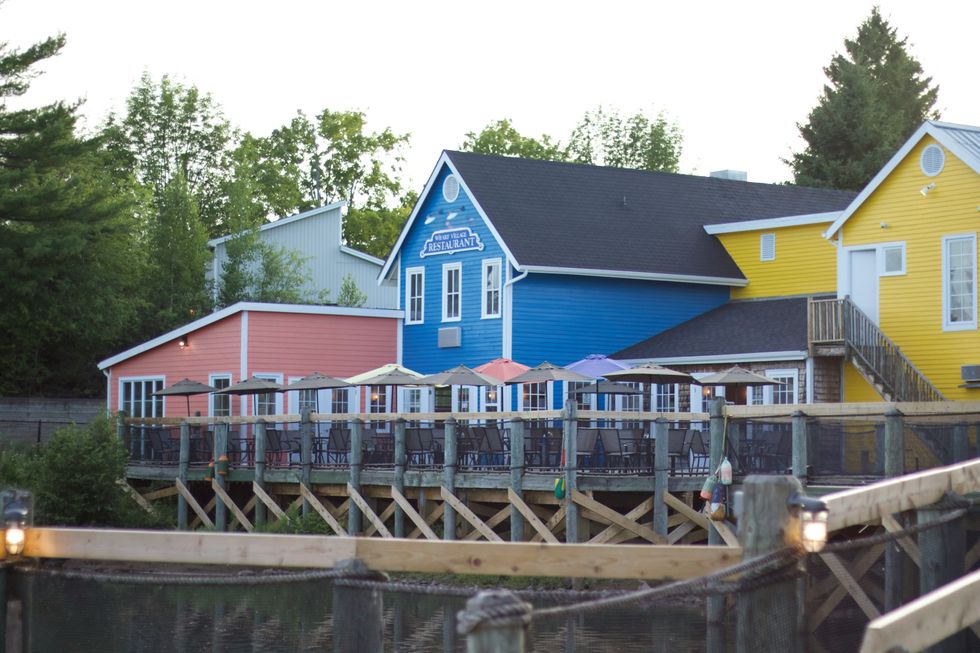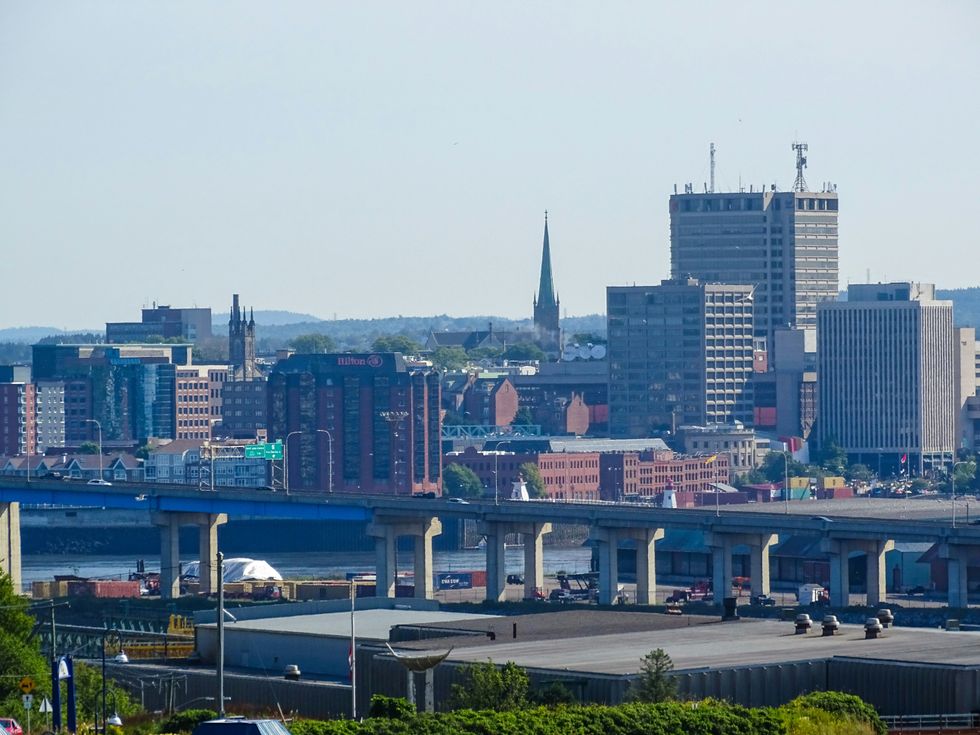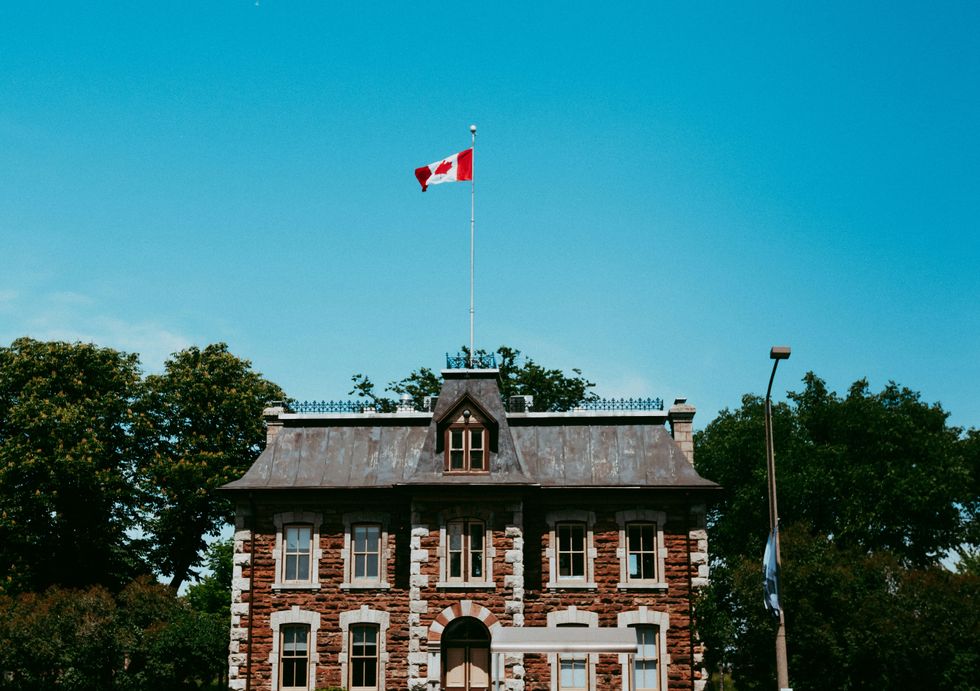As buyers slowly (and, perhaps, tepidly) begin to re-enter the Canadian real estate market following a relatively slow year, one thing is clear: some Canadian cities offer a lot more value than others.
The 2024 edition of MoneySense.ca’s Where to Buy Real Estate in Canada, in partnership with Zoocasa, reveals the best place to buy property in Canada. The report includes a ranking of 45 real estate markets from coast to coast and identifies the top neighbourhoods in 13 of the country’s most in-demand real estate markets.
The findings are based on a proprietary methodology that factors in average home prices, price growth over time, neighbourhood characteristics, and economics data.
In a nutshell, New Brunswick comes out on top. Back in 2021, we told you that New Brunswick was busy enticing new residents (with a focus on remote workers) with an alluring campaign – one that worked. The province saw its population swell in the pandemic years. And, with its well-rounded quality of life and its relatively attainable real estate costs, it’s easy to see why (for some people, at least).
Moncton, New Brunswick

If you’re looking for the biggest bang for your buck, you may want to direct your sights east to Moncton, New Brunswick. Thanks to low home prices and steady economic growth, the city – the third largest metropolitan area in Atlantic Canada – has topped the list for the third consecutive year. At 4.68, Moncton boasts the highest value score on the list.
Greater Moncton’s 2023 benchmark home price was just $328,383. That’s more than $400,000 below the national average — only five other markets hold that distinction, including the other two cities in the top three. The secret is out when it comes to New Brunswick’s housing affordability and livability. In the third quarter of 2023, it was the only province aside from Alberta to experience a small net gain in interprovincial migration, according to Statistics Canada. With that said, across the Maritimes, interprovincial migration (particularly from Ontario) slowed notably following a pandemic-inspired spike in the period of 2020 to 2022.
Like everywhere else in the county, international migration – something fuelled by Canada’s record-breaking immigration targets – also played a role in New Brunswick’s recent population growth. “Greater Moncton attracts a lot of families, retirees, newcomers, investors — people from all walks of life,” says local eXp real estate agent Jenny Celly. “Retirees can often live mortgage-free here, while new families can enjoy a slower pace of life with more time with their children.”
It should be noted that, compared to 2021, when Greater Moncton first topped the list, price growth has slowed down in the city. In 2023, the benchmark price was only 3% higher than in 2022; in comparison, the benchmark price grew 26% from 2021 to 2022, and a notable 38% from 2020 to 2021. With that said, Greater Moncton was one is one of the few major Canadian real estate markets whose benchmark price remained stable and didn’t drop off at the end of 2023.
“Like most places in Canada last year, Greater Moncton’s real estate took a little breather as people were more wary of higher interest rates,” says Celly. “Many people were moving to New Brunswick from out-of-province, so we still sold a lot of homes, but not as aggressively as in 2022.”
In fact, unlike other major Canadian cities that haven’t returned to their record-high benchmark prices of 2022, Greater Moncton set a new record to close out the year in December 2023. That month’s benchmark price hit $341,900 (something that sounds like a steal if you live in other Canadian cities). “Our population has grown so much, and that’s also pushed rental prices up,” says Celly. “This has caught the attention of investors, who are now eyeing investment opportunities in New Brunswick.”
Beyond investors, the anticipation of declining interest rates in 2024 (eventually) is poised to revive buyer confidence across the board and bring in a busier real estate market in Greater Moncton. However, that outlook hinges on interest rates and ripple effects from Ontario’s market, says Celly, as affordability and remote work opportunities (or lack thereof) continue to influence buyers’ choices. “How the Ontario market plays out will be a factor for New Brunswick,” she says.
Saint John, New Brunswick

New Brunswick’s other “big city,” Saint John is also having a moment on the real estate front. “The Port City” has climbed the ranking from fifth place last year to the second spot in 2024. As the only city on the famous Bay of Fundy, Saint John offers a vibrant blend of natural beauty and urban life, highlights the report. With a value score of 4.36, the city has one of the most affordable benchmark home prices on the list, and it offers homebuyers a good chance to build equity quickly.
Saint John finished 2023 with a benchmark price of $286,592—more than $445,000 below the national average (and $1 million below Ontario’s Oakville-Milton, the most expensive region of those analyzed). Despite being one of just three markets with a benchmark price below $300,000, Saint John has experienced steady price appreciation. The 2023 benchmark price was 3% higher than in 2022, 48% higher than in 2020, and a surprising 60% higher than in 2018.
“Out-of-province buyers are drawn here for two main reasons: affordability and quality of life,” says explains local eXp real estate agent Emily Parent. “They can work less, enjoy more work-life balance, and thanks to lower prices, they’re able to purchase more for less. Both factors are big pluses for moving here.”
Similar to Greater Moncton, however, the city has experienced significant population growth, which could strain the region’s housing supply. “As a result of increasing interest rates, there wasn’t as much urgency to buy last year, which slowed market activity,” says Parent. “This also meant sellers weren’t as excited about listing and wanted to hold off for a resurgence in activity, which kept inventory low.” Not surprisingly, the most affordable properties in Saint John attracted the most attention last year. “The $300,000-and-under market is still very competitive,” says Parent. “Whether it’s first-time home buyers or those downsizing, that market is always in high demand.”
Even with the benchmark price climbing consistently for much of 2023, Saint John is one of the most affordable cities for real estate in the Maritimes and all of Canada. “Saint John has been moving in a very positive direction for growth,” says Parent. “There’s been a lot of attention on improving the area, with more industries coming here, new services being created or expanded, and more housing development plans. I think this will all contribute to Saint John’s market continuing to be strong in the years ahead. “
Sault Ste. Marie, Ontario

For the second year in a row, northern Ontario’s third-largest city – Sault Ste. Marie – ranked in the top three best places to buy real estate in Canada. Located on St. Mary’s River and facing the Michigan border, Sault Ste. Marie offers home buyers some of the most affordable home prices in the notoriously pricey province of Ontario and boasts a value score of 4.31.
At more than $450,000 below the national average, Sault Ste. Marie’s 2023 benchmark home price was the lowest among the top three best places to buy real estate in Canada. The benchmark price of $283,192 was unchanged from 2022—however, it was 58% higher than in 2020 and 78% higher than in 2018.
“After the pandemic hit, Sault Ste. Marie was put on the map, and we saw an influx of out-of-town investors and buyers purchasing properties,” explains local eXp agent Jennifer Parsons. “We’re still seeing that, and I think we’re going to continue to see an upward trend as people are priced out of other Ontario markets, and the baby boomer demographic sells off assets and makes the move up north for a quieter retirement.”
With plans to bring in more high-paying jobs through economic development, Sault Ste. Marie is drawing in a growing number of prospective buyers. “A big thing to note is that colleges and universities have brought many international students,” says Parsons. “Unfortunately, those schools don’t have the infrastructure to support them, so a lot of out-of-town investors buy out single-family homes and rent them out to students.”
Compared to other cities in Ontario, 'the Soo', as it’s affectionately called, stands out for its affordability and its prospects of future growth. “Geographically speaking, the Soo is an interesting prospect for commercial investment,” says Parsons. “We’re a border city with the U.S. that offers a lock system right into Lake Superior shipping channels, and we’re placed between southern Ontario and the western part of Canada on the Trans-Canada Highway. Naturally, demand for homes in the area will continue to increase as more companies look to northern Ontario.
You can find the full list of the 45 different Canadian regions ranked by MoneySense here.





















